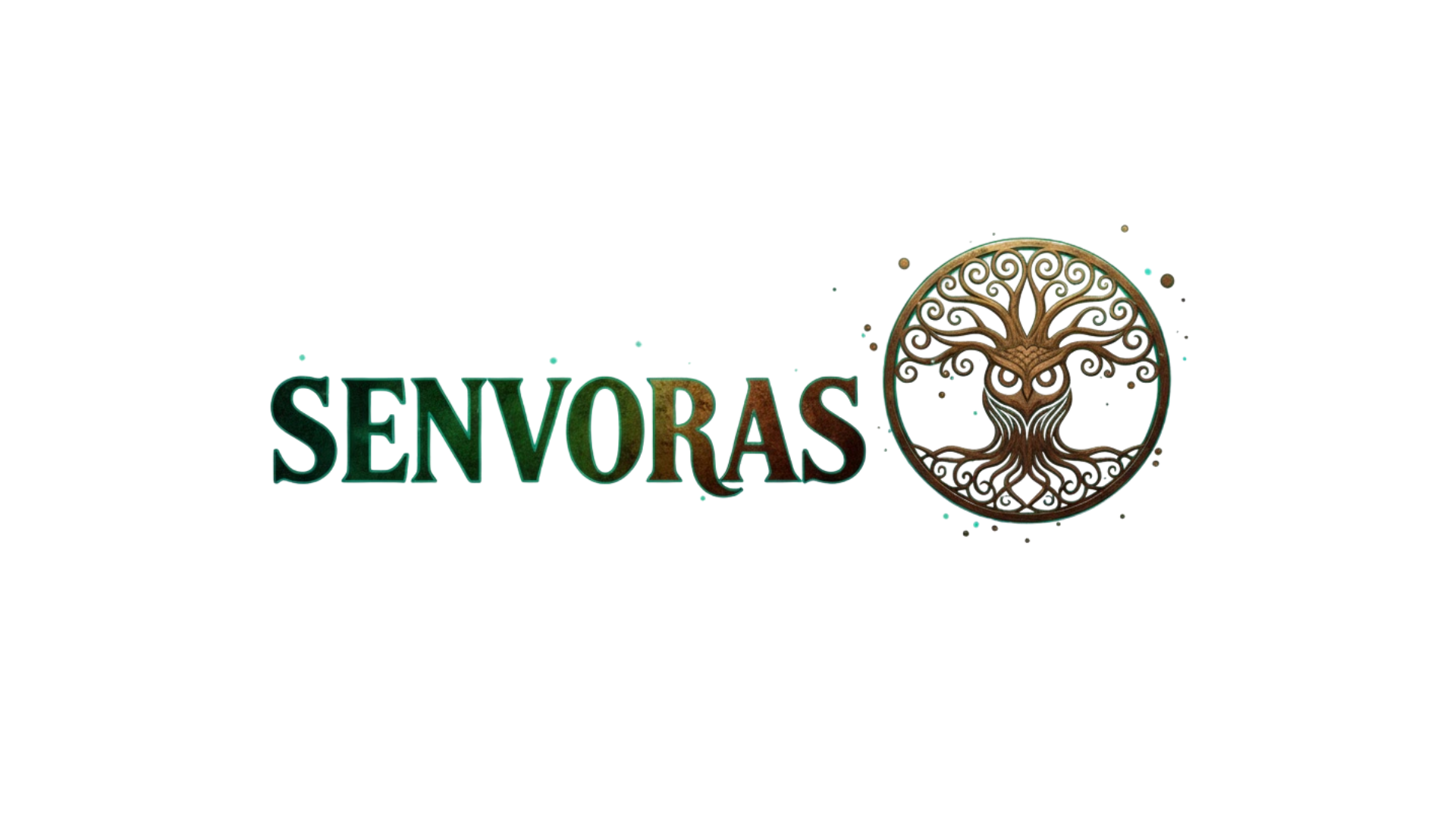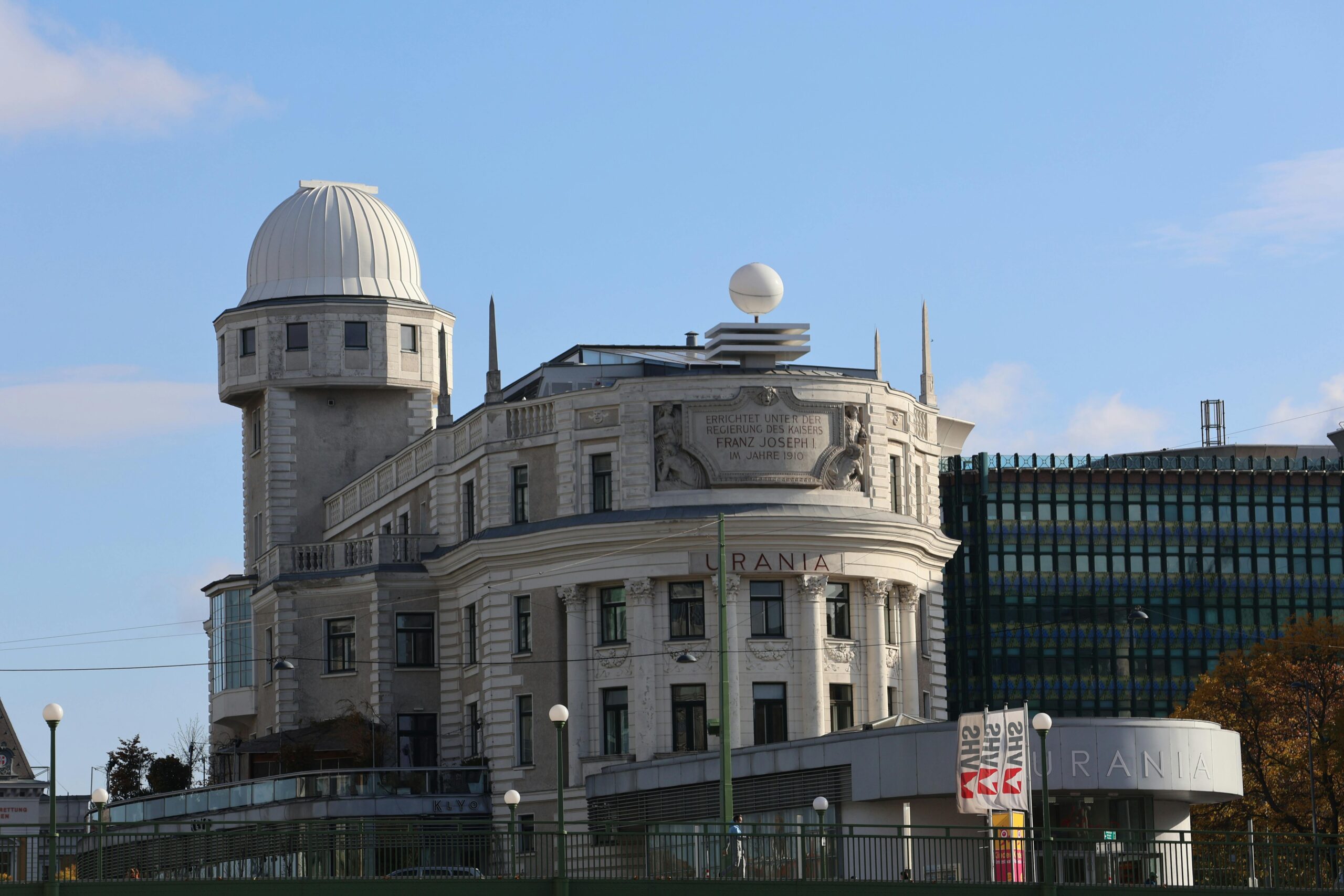Neural stem cells are revolutionizing medicine, offering unprecedented hope for treating neurological conditions once considered incurable. The frontier of regenerative medicine stands at an exciting crossroads today. 🧠
The Foundation: Understanding Neural Stem Cells
Neural stem cells represent one of nature’s most remarkable biological mechanisms, possessing the extraordinary ability to self-renew and differentiate into various cell types within the nervous system. These specialized cells serve as the body’s internal repair system, generating new neurons, astrocytes, and oligodendrocytes throughout an individual’s lifetime.
Unlike their mature counterparts, neural stem cells maintain plasticity that allows them to adapt and respond to environmental signals. This characteristic makes them invaluable candidates for therapeutic interventions targeting neurodegenerative diseases, spinal cord injuries, and stroke recovery. Scientists have identified these cells in specific brain regions, particularly the subventricular zone and the hippocampus, where neurogenesis continues even in adult brains.
The discovery that the adult brain retains regenerative capacity fundamentally challenged decades of neuroscientific dogma. Previously, researchers believed that neurons lost through injury or disease could never be replaced. This paradigm shift has opened unprecedented avenues for developing treatments that harness the body’s innate healing mechanisms.
Breakthrough Technologies Driving Innovation
Recent technological advances have accelerated our understanding of neural stem cell behavior and therapeutic potential. Advanced imaging techniques now allow researchers to observe these cells in real-time, tracking their migration, differentiation, and integration into existing neural networks.
CRISPR and Genetic Engineering Applications
Gene-editing technologies, particularly CRISPR-Cas9, have enabled scientists to enhance neural stem cell properties with unprecedented precision. Researchers can now modify these cells to resist disease-causing mutations, express therapeutic proteins, or improve their survival rates after transplantation. These modifications represent a quantum leap forward in creating customized cellular therapies tailored to individual patient needs.
The combination of neural stem cells and gene editing has produced remarkable results in laboratory studies. Scientists have successfully corrected genetic defects causing hereditary neurological disorders, opening possibilities for treating conditions like Huntington’s disease, certain forms of epilepsy, and familial Alzheimer’s disease. 🔬
Three-Dimensional Culture Systems
Traditional cell culture methods have limitations when studying complex neural tissues. Three-dimensional organoid systems now allow researchers to grow miniature brain-like structures from neural stem cells, creating more physiologically relevant models for studying development, disease mechanisms, and drug responses.
These brain organoids replicate key features of human brain development and organization, providing invaluable insights into conditions that cannot be adequately modeled in animal systems. They serve as testing platforms for novel therapeutics and help researchers understand how neural stem cells interact within their native microenvironment.
Clinical Applications Transforming Patient Care
The translation of neural stem cell research from laboratory to clinic represents medicine’s most promising frontier. Multiple clinical trials worldwide are evaluating these cells’ safety and efficacy for various neurological conditions.
Spinal Cord Injury Recovery
Spinal cord injuries have historically resulted in permanent disability, but neural stem cell therapies are changing this prognosis. Clinical trials have demonstrated that transplanted neural stem cells can bridge damaged tissue, promote axon regeneration, and restore some functional recovery in patients with chronic spinal cord injuries.
Patients receiving these experimental treatments have shown improvements in sensory perception, motor function, and quality of life measures. While complete recovery remains elusive, these incremental improvements represent meaningful progress for individuals facing lifelong paralysis. The mechanisms underlying these benefits likely involve multiple factors, including neuroprotection, immunomodulation, and the replacement of damaged cells.
Stroke Rehabilitation Enhancement
Stroke remains a leading cause of long-term disability worldwide, affecting millions annually. Neural stem cell therapy offers new hope for patients beyond the narrow window of conventional interventions. Research indicates that these cells can migrate to damaged brain regions, integrate into existing circuits, and promote functional recovery months or even years after the initial injury.
Early-phase clinical trials have reported promising safety profiles and hints of efficacy. Some patients have experienced improvements in motor function, speech, and cognitive abilities that traditional rehabilitation alone could not achieve. These findings suggest that neural stem cells might extend the therapeutic window for stroke recovery, offering benefits to patients currently without options. ⚡
Neurodegenerative Disease Management
Conditions like Parkinson’s disease, Alzheimer’s disease, and amyotrophic lateral sclerosis (ALS) progressively destroy neurons, leading to devastating functional decline. Neural stem cell therapies aim to slow or reverse this process by replacing lost neurons, delivering neuroprotective factors, or modulating disease-causing inflammation.
Parkinson’s disease has emerged as a leading target for neural stem cell therapy. Researchers are developing protocols to differentiate these cells into dopamine-producing neurons, the specific cell type lost in this condition. Clinical trials are exploring whether transplanted cells can restore dopamine signaling and alleviate motor symptoms.
For Alzheimer’s disease, the approach involves using neural stem cells as delivery vehicles for therapeutic molecules that clear toxic protein aggregates or support neuronal survival. While challenges remain, preliminary studies suggest that these cells can reduce inflammation and improve cognitive function in animal models.
Overcoming Scientific and Practical Challenges
Despite tremendous progress, significant obstacles must be addressed before neural stem cell therapies become standard clinical practice. Understanding these challenges helps contextualize the field’s current state and future trajectory.
Cell Source and Manufacturing Considerations
Obtaining sufficient quantities of high-quality neural stem cells represents a practical challenge. Researchers have explored multiple sources, including fetal tissue, adult brain tissue, and induced pluripotent stem cells (iPSCs) reprogrammed from patient skin or blood cells.
iPSC-derived neural stem cells offer particular advantages, including the potential for personalized, immunologically matched therapies. However, manufacturing these cells at clinical scale while maintaining quality, safety, and consistency requires sophisticated facilities and stringent quality control measures. Regulatory agencies have established rigorous standards that must be met before these products can reach patients.
Immune Rejection and Integration
Like any transplanted tissue, neural stem cells face potential immune rejection. The brain’s relative immune privilege provides some protection, but researchers are developing strategies to further minimize immune responses. These include genetic modifications that reduce immunogenicity, encapsulation technologies that shield transplanted cells, and improved immunosuppression protocols.
Beyond survival, transplanted cells must integrate functionally into existing neural networks. They need to form appropriate connections, respond to local signaling cues, and contribute meaningfully to circuit function. Achieving this integration remains one of neuroscience’s most complex challenges, requiring deeper understanding of developmental biology and neural circuit formation. 🔗
Ethical Dimensions and Regulatory Pathways
The development of neural stem cell therapies raises important ethical considerations that society must address thoughtfully. Questions about cell sourcing, informed consent, access equity, and appropriate trial design require careful deliberation involving scientists, ethicists, policymakers, and patient advocates.
Regulatory agencies worldwide are working to establish frameworks that ensure safety without unnecessarily hindering innovation. The FDA, EMA, and other regulatory bodies have created expedited pathways for regenerative medicine products, recognizing their potential to address unmet medical needs.
Patient protection remains paramount, particularly given the proliferation of unproven stem cell clinics offering treatments lacking scientific validation. Education and enforcement efforts aim to distinguish legitimate clinical research from exploitative practices that endanger vulnerable patients.
The Future Landscape: What Lies Ahead
The next decade promises extraordinary advances in neural stem cell science and application. Several emerging trends will likely shape the field’s trajectory and impact on medicine.
Personalized Neural Regeneration
Advances in iPSC technology and gene editing are enabling truly personalized approaches to neural repair. Patients may eventually receive treatments derived from their own cells, modified to address their specific disease mechanisms and optimized for integration into their unique neural architecture.
This personalization extends beyond cell sourcing to include tailored delivery methods, dosing regimens, and combination therapies that account for individual patient characteristics, disease stages, and genetic backgrounds. Precision medicine principles are being increasingly applied to regenerative neurology.
Combination Therapies and Synergistic Approaches
Neural stem cells likely achieve their greatest potential when combined with complementary interventions. Researchers are exploring combinations with rehabilitation protocols, pharmacological agents, bioengineered scaffolds, and neurostimulation techniques to maximize therapeutic benefits.
These multimodal approaches recognize that neural repair requires addressing multiple aspects of injury or disease, from inflammation control to circuit rewiring. Synergistic combinations may achieve outcomes impossible with any single intervention alone. 💪
Bioengineering and Biomaterials Innovation
The development of sophisticated biomaterials that support neural stem cell survival, migration, and differentiation represents a rapidly advancing field. These materials can serve as scaffolds that guide tissue regeneration, provide sustained release of growth factors, or create protective microenvironments that enhance transplanted cell function.
Three-dimensional bioprinting technologies are enabling the creation of complex tissue structures that replicate native neural architecture. These engineered tissues may serve as replacements for damaged brain regions or as platforms for drug development and disease modeling.
Global Collaboration and Knowledge Sharing
The complexity of neural stem cell research necessitates international collaboration and open science practices. Major initiatives are bringing together researchers, clinicians, and patients to accelerate discovery and translation.
Data sharing platforms allow scientists worldwide to access experimental results, standardized protocols, and clinical outcomes. This transparency accelerates learning, reduces redundant efforts, and helps identify the most promising therapeutic approaches more quickly.
Patient registries and biobanks are being established to support large-scale studies that can detect meaningful clinical effects and identify factors predicting treatment success. These collaborative infrastructure investments benefit the entire field and ultimately serve patients most effectively.
Economic Implications and Healthcare Integration
As neural stem cell therapies move toward clinical reality, healthcare systems must prepare for their integration. These treatments will likely be expensive initially, raising questions about access, reimbursement, and cost-effectiveness compared to existing standards of care.
Economic analyses suggest that despite high upfront costs, effective regenerative therapies could reduce long-term healthcare expenditures by preventing chronic disability and reducing the need for ongoing supportive care. Demonstrating this value proposition will be crucial for ensuring broad patient access.
The development of these therapies is also creating new economic opportunities, from specialized manufacturing facilities to training programs for healthcare providers. The regenerative medicine sector is attracting significant investment and generating employment across multiple disciplines. 💰

Empowering Patients Through Education and Advocacy
Informed patients play a crucial role in advancing neural stem cell research and ensuring its ethical development. Patient advocacy organizations are partnering with researchers to shape research priorities, improve trial design, and ensure that studies address outcomes meaningful to those living with neurological conditions.
Education initiatives help patients understand the current state of the science, differentiate between proven therapies and unsubstantiated claims, and make informed decisions about participating in clinical trials. This empowerment creates a more collaborative relationship between the medical community and those it serves.
The journey from laboratory discovery to widely available therapy requires patience, persistence, and continued investment. While challenges remain, the progress achieved in understanding and harnessing neural stem cells represents one of medicine’s most exciting frontiers. The convergence of stem cell biology, bioengineering, gene editing, and clinical neuroscience is creating unprecedented opportunities to address conditions that have historically been beyond medicine’s reach.
As research continues advancing, the promise of neural regeneration moves closer to reality for millions affected by neurological injury and disease. The dedication of researchers, the courage of clinical trial participants, and society’s continued support of biomedical science are collectively unleashing the remarkable power of neural stem cells to transform lives and redefine what’s possible in medicine. 🌟
Toni Santos is a longevity writer and regenerative medicine researcher dedicated to exploring how biology, technology, and ethics can extend healthspan. With a focus on cellular repair and anti-aging biotechnology, Toni examines how next-generation therapies translate lab breakthroughs into real-world vitality. Fascinated by stem cell science, telomere dynamics, and systems biology, Toni’s journey bridges research reviews, expert interviews, and clear public communication. Each article he shares aims to separate evidence from hype—helping readers understand what’s promising, what’s premature, and what truly supports long-term health. Blending molecular biology, clinical insight, and accessible storytelling, Toni investigates interventions that target the root drivers of aging. His work honors responsible innovation—prioritizing safety, transparency, and human wellbeing in the pursuit of extended healthspan. His work is a tribute to: Anti-aging biotechnology grounded in rigorous evidence Cellular rejuvenation pathways that restore function and resilience Stem cell and telomere research advancing ethical longevity care Whether you’re a clinician, researcher, or health enthusiast, Toni Santos invites you to explore the frontiers of regeneration—one discovery, one mechanism, one healthier year at a time.




